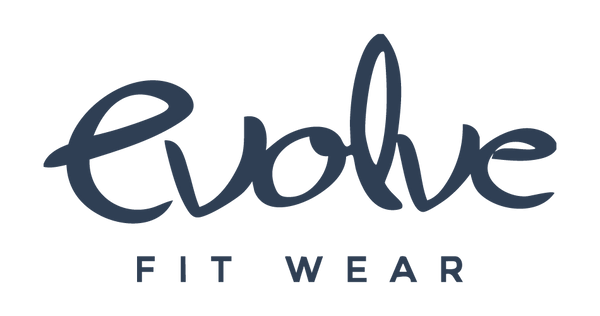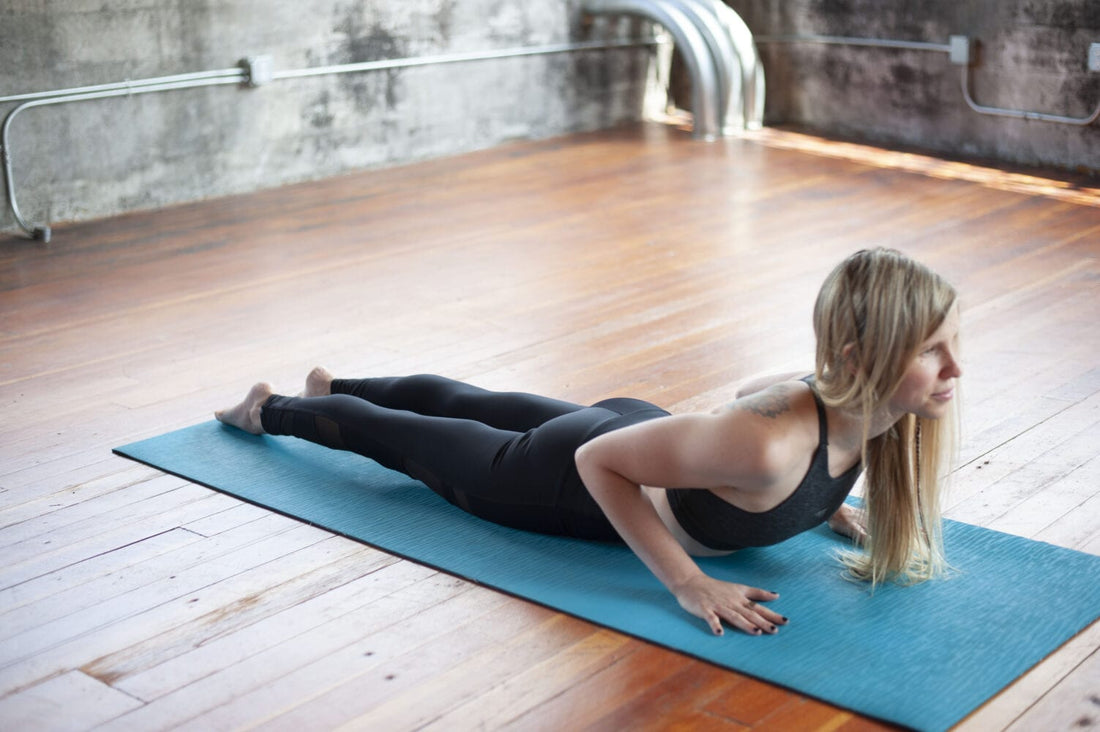Cobra pose is a shape that you will find in many yoga classes and in Sun Salutation A. Some opt for Upward-Facing Dog instead of Cobra pose, but I much prefer this one as the safest route when learning these skills.
Bhujangasana is the Sanskrit term for cobra and might just be one of my favorite Sanskrit yoga terms to use.
Should you do cobra pose? Do you think you should choose it over Upward-Facing Dog? “Maybe” is my answer to those questions. Let’s take a look at the benefits of cobra and how to do it.
Benefits of Bhujangasana
I love cobra because it’s a gentler backbend and heart-opener than some of the other backbends out there. It’s very grounding because most of your body is in contact with the ground. Cobra is also a beautiful shape to utilize to get some energy flowing within the body.
Physically, cobra pose is beneficial to a few parts of the body (or more than a few if you engage more).
It strengthens the spine and also great pose (if done slowly & carefully) to assist in back pain. After all, yoga is mostly all centered around the spine and the breath.
All of the shapes just move around and with the spine. It stretches and expands through the chest, shoulders, lungs, and abdomen. If you’re doing it properly active, your glutes should be squeezing.
If they are, it also helps to firm and tone the booty.
Cobra also has the power to get kundalini energy flowing.
It can relieve stress and fatigue, as well as help open the heart and lungs (which can be a contributor to that stress and fatigue because you can breathe easier).
Step-By-Step Guide To Doing Cobra Pose

- To get into cobra, you have to be on your belly. How you get onto your belly is up to you. In a traditional Vinyasa class, you will typically lower into cobra from plank pose.
- So you’re on your belly. You want your hands planted next to your shoulders, elbows pointing towards the back of the room. Legs are stretched out long behind you.
- The tops of your feet are pressing into the ground here (toes usually aren’t tucked unless you really want to). Be aware of your feet coming off the ground when lifting into this shape. Actively press through the tops of the feet while squeezing the inner thighs towards each other, and also squeezing everything upwards towards the glutes (booty is engaged too).
Your knee caps are lifted off the floor.
- Hips and possibly pelvic bone are pressing into the ground too. This can be uncomfortable on the hip bones or pelvic bone depending on the shapes of your body. Sometimes using a blanket under the hips can soften this experience.
- Hands are actively pressing into the ground (but not launching you upwards, just holding a foundation), while arms and elbows squeeze towards each other toward the midline/spine. You can activate your triceps here too.
- Your belly is pulling up and in towards the spine here. You aren’t lifting into cobra by pushing with your hands. That defeats the purpose of this cobra pose.
- When the cobra lift happens, you are ideally wanting your chest to come forward and up so that the bend in your back is happening in the upper back just below the shoulder blades, as opposed to bending into the low back which is not super for your spinal health.
- So the lift. What does it look like? Breathe in, use the feet, the hips, and the engagement of the glutes and abdominals to lift the chest slightly forward and then up. This can be a “baby” cobra, just a little lift if your spine isn’t warmed up or you just want to keep it low. Or lifting higher if that is your jam. You can hold it and stay up, or lower on the exhale.
Adding in variation…
There are a few fun things to do with cobra. Let’s take a look at some options.
- I love to literally roll my body through the shapes in something that I call “cobra rolls.” Instead of it being two static shapes: down and lift. You can roll up with your breath, allowing the head to be the last thing that rises and falls. Another version of a cobra roll is rolling one shoulder back at a time.
- You can do cobra without hands if you desire. This will start to turn into locust pose. All you have to do is lift the feet and hands on one of those lifts and it becomes locust. Ensure you keep all of the prior engagement of the legs, glutes, and belly while squeezing the legs towards each other and arms towards each other in the lift.
- Another variation I like to add in when my body is warmed up is a mixture of locust and cobra. As you inhale up into cobra, look left as you lift the left leg off the ground. Exhale back down. Inhale looking right while lifting the right leg off the ground.
- Some other options to add on to this shape is to use the hands and press yourself higher into a “high” cobra.
When approaching cobra pose, try to allow the lift to happen through the extension of the chest upwards, and from the muscles of the abdominals and legs.
If you push yourself up with your hands, you could strain your back. To test if you are using your hands to make this shape, get into cobra how you normally would, and then gently remove one hand at a time.
Do you rock back lower? That means your hands were doing the work and not the core of your body. So test your limit by only lifting through the extension of the chest, rather than your hands.
Cobra will build muscle just like upward-facing dog does. Of course, they are different muscle groups in some respects (and the same in others), but they are a lot less likely to harm your back as updog does.
Mostly because people dump into their backs in the latter without engaging the glutes. I hope you enjoy a new and strengthening experience with these cobra tips.
Do you struggle with Cobra pose? Is it one of your favorites too? Comment below, I'd love to hear from you!
xo
Sam




1 comment
i do want to incorporate more poses for muscle building, so tanks for this reminder!